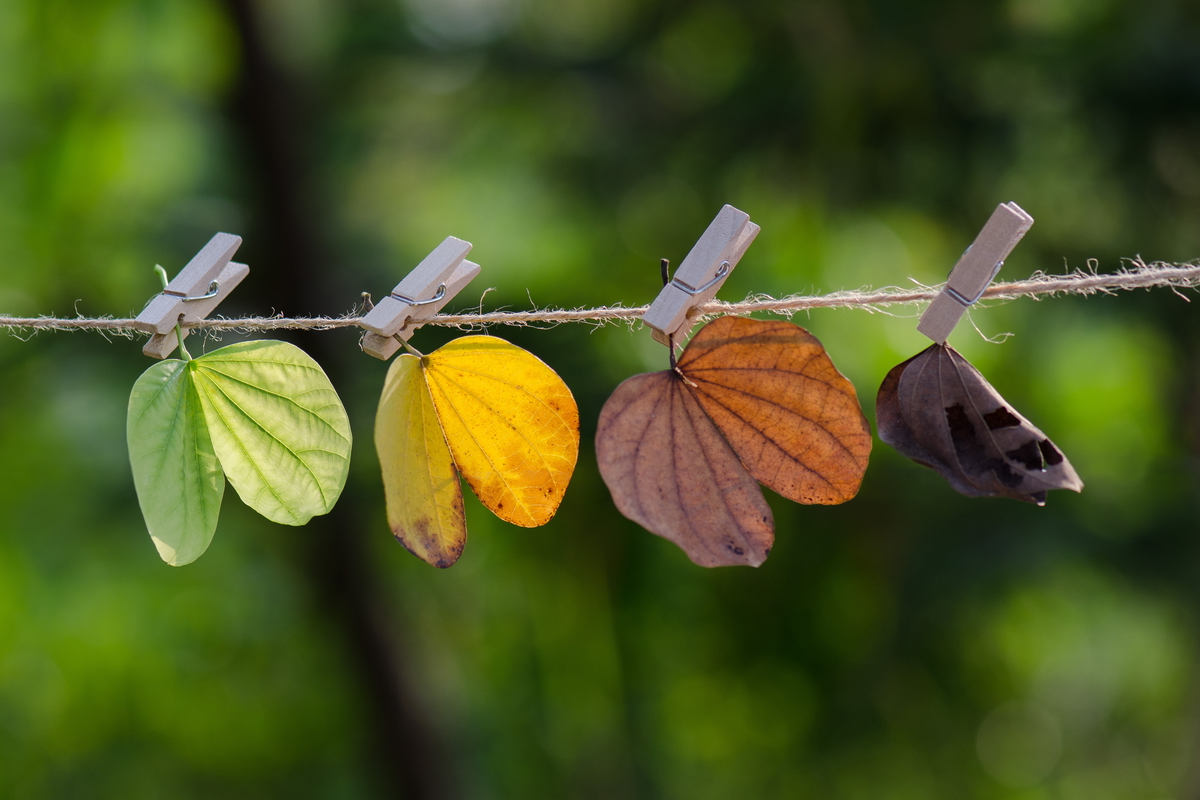Managing the Dry Season in Mexico: A Sustainable Development Perspective
Living in Mexico during the dry season, typically from mid-to-late February through May, presents various environmental and practical challenges. This report highlights key strategies for coping with dryness, emphasizing the alignment with Sustainable Development Goals (SDGs), particularly SDG 3 (Good Health and Well-being), SDG 6 (Clean Water and Sanitation), SDG 11 (Sustainable Cities and Communities), and SDG 15 (Life on Land).
Addressing Air Quality and Health Concerns
Dust and Allergen Management
During the dry season, dust, pollen, and allergens increase due to parched soil and dry vegetation. This impacts air quality and respiratory health (SDG 3).
- Use soft tissue paper to manage nasal discomfort caused by dust and dander.
- Regularly clean floors with a wet mop and wipe surfaces with damp cloths to reduce indoor dust accumulation.
- Maintain cleanliness of eyeglasses to prevent eye irritation from dust and pollen.
- Consider air purifiers equipped with effective allergen filters to improve indoor air quality.
Note: Dust issues are more severe inland than along coastal areas.
Maintaining Skin Health in Dry Conditions
Dry air, especially at higher elevations, can cause skin irritation and itching, affecting well-being (SDG 3).
- Reduce shower frequency and limit soap use to preserve natural skin oils.
- Use diluted white vinegar and water as an alternative hair cleanser to maintain scalp health.
- Apply high-quality moisturizing creams to alleviate dryness and skin irritation.
Water Scarcity and Sustainable Water Management
Water scarcity during the dry season challenges households and communities, impacting SDG 6 (Clean Water and Sanitation) and SDG 11 (Sustainable Cities and Communities).
Water Supply Solutions
- Water Deliveries: Tank trucks (“Pipas”) provide potable water, especially in rural and peri-urban areas lacking mains supply.
- Water Rationing: Municipalities may ration mains water, requiring residents to conserve stored water in cisterns or purchase additional supplies.
Water Conservation in Gardening
Gardening requires careful water use to sustain plant life while conserving resources (SDG 15).
- Install underground sprinkler systems with timers to optimize watering during cooler hours.
- Utilize soaker hoses and drip irrigation to deliver water directly to plant roots, minimizing waste.
- Implement ‘gray water’ recycling systems to reuse rainwater and wastewater for irrigation.
Adapting to Dry Heat and Climate Conditions
Daily Routine Adjustments
To mitigate heat stress and maintain comfort (SDG 3), residents are advised to:
- Complete outdoor work and chores before midday heat peaks.
- Resume activities in the cooler early evening hours.
Cooling Strategies
- Use swimming pools, fans, air conditioning, and ventilators with effective filters to reduce indoor heat and improve air quality.
- Ensure hydration by drinking ample fresh water and limit alcohol consumption to prevent dehydration.
Transition to the Rainy Season and Environmental Recovery
The onset of rains in May or June marks a critical ecological transition, facilitating rapid recovery of vegetation and supporting biodiversity (SDG 15). This seasonal change underscores the importance of sustainable water management and environmental stewardship.
Conclusion: Promoting Sustainable Living in Mexico’s Dry Season
Effective management of the dry season in Mexico requires integrated approaches that support health, conserve water, and protect ecosystems. These practices contribute directly to achieving multiple Sustainable Development Goals, fostering resilient communities and sustainable environments.
Additional Resources
For ongoing updates and insights on living sustainably in Mexico’s diverse climates, subscribe to the Mexperience newsletter.

1. Sustainable Development Goals (SDGs) Addressed or Connected
- SDG 3: Good Health and Well-being
- Addressing health issues related to dust, allergens, dry skin, and hydration during the dry season.
- SDG 6: Clean Water and Sanitation
- Water scarcity challenges, water rationing, water deliveries, and water conservation methods discussed.
- SDG 11: Sustainable Cities and Communities
- Management of water supply systems in urban and rural areas, including cisterns and water rationing.
- SDG 12: Responsible Consumption and Production
- Water conservation techniques such as drip irrigation, soaker hoses, and use of gray water.
- SDG 13: Climate Action
- Adaptation to seasonal climate changes, dry heat, and transitioning between dry and rainy seasons.
- SDG 15: Life on Land
- Maintaining gardens and green spaces during dry seasons, managing flora response to seasonal changes.
2. Specific Targets Under Those SDGs Identified
- SDG 3: Good Health and Well-being
- Target 3.9: Reduce illnesses and deaths from hazardous chemicals and air, water, and soil pollution and contamination (dust, allergens, and air quality issues).
- Target 3.4: Promote mental health and well-being by managing environmental stressors like heat and dryness.
- SDG 6: Clean Water and Sanitation
- Target 6.1: Achieve universal and equitable access to safe and affordable drinking water.
- Target 6.4: Increase water-use efficiency across all sectors to ensure sustainable water withdrawals.
- Target 6.3: Improve water quality by reducing pollution and minimizing release of hazardous materials.
- SDG 11: Sustainable Cities and Communities
- Target 11.1: Ensure access to adequate, safe, and affordable housing and basic services including water supply.
- Target 11.6: Reduce the adverse per capita environmental impact of cities, including air quality and water management.
- SDG 12: Responsible Consumption and Production
- Target 12.2: Achieve sustainable management and efficient use of natural resources such as water.
- Target 12.5: Substantially reduce waste generation through prevention, reduction, recycling, and reuse (e.g., use of gray water).
- SDG 13: Climate Action
- Target 13.1: Strengthen resilience and adaptive capacity to climate-related hazards and natural disasters (dry season heat, drought).
- SDG 15: Life on Land
- Target 15.1: Ensure conservation, restoration, and sustainable use of terrestrial ecosystems and manage forests sustainably.
3. Indicators Mentioned or Implied to Measure Progress
- Health Indicators (SDG 3)
- Incidence of respiratory or allergy-related illnesses due to dust and pollen exposure.
- Prevalence of skin conditions related to dry air.
- Access to clean indoor air (e.g., use of air purifiers with effective filters).
- Water Indicators (SDG 6)
- Percentage of population with access to reliable and safe water supply during dry seasons.
- Volume of water delivered by tank trucks (“Pipas”) as a measure of water scarcity.
- Frequency and duration of water rationing by municipalities.
- Efficiency of water use in gardening through irrigation methods (sprinklers, drip irrigation, soaker hoses).
- Use and volume of gray water recycled for irrigation.
- Urban and Community Indicators (SDG 11)
- Number of households with cistern-based water storage systems.
- Measures of air quality indoors and outdoors during dry season.
- Consumption and Production Indicators (SDG 12)
- Reduction in fresh water consumption through use of water-saving irrigation technologies.
- Volume of gray water reused for non-potable purposes.
- Climate and Ecosystem Indicators (SDG 13 and 15)
- Temperature and humidity levels during dry season as climate stress indicators.
- Health and vitality of garden flora and grass during dry and rainy seasons.
4. Table of SDGs, Targets, and Indicators
| SDGs | Targets | Indicators |
|---|---|---|
| SDG 3: Good Health and Well-being |
|
|
| SDG 6: Clean Water and Sanitation |
|
|
| SDG 11: Sustainable Cities and Communities |
|
|
| SDG 12: Responsible Consumption and Production |
|
|
| SDG 13: Climate Action |
|
|
| SDG 15: Life on Land |
|
|
Source: mexperience.com







